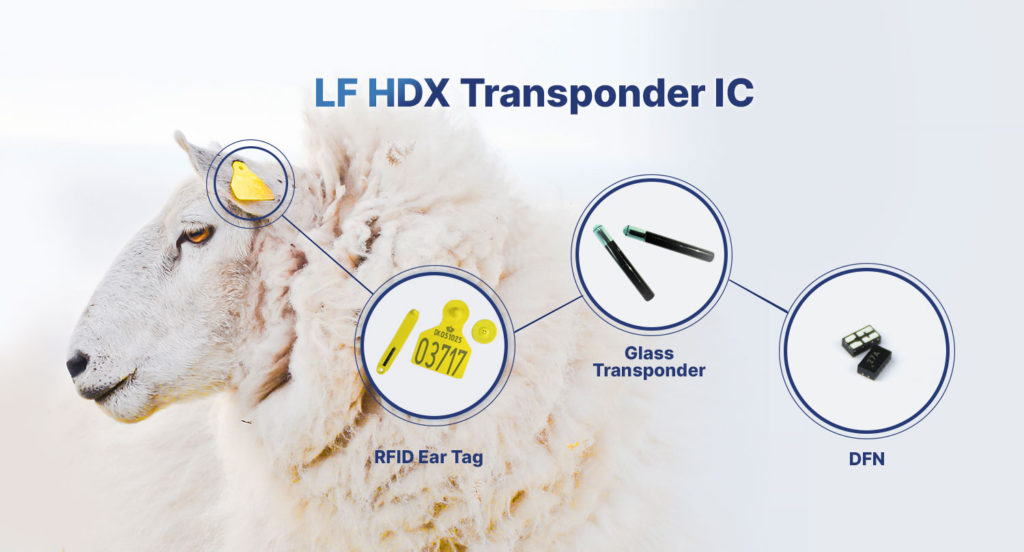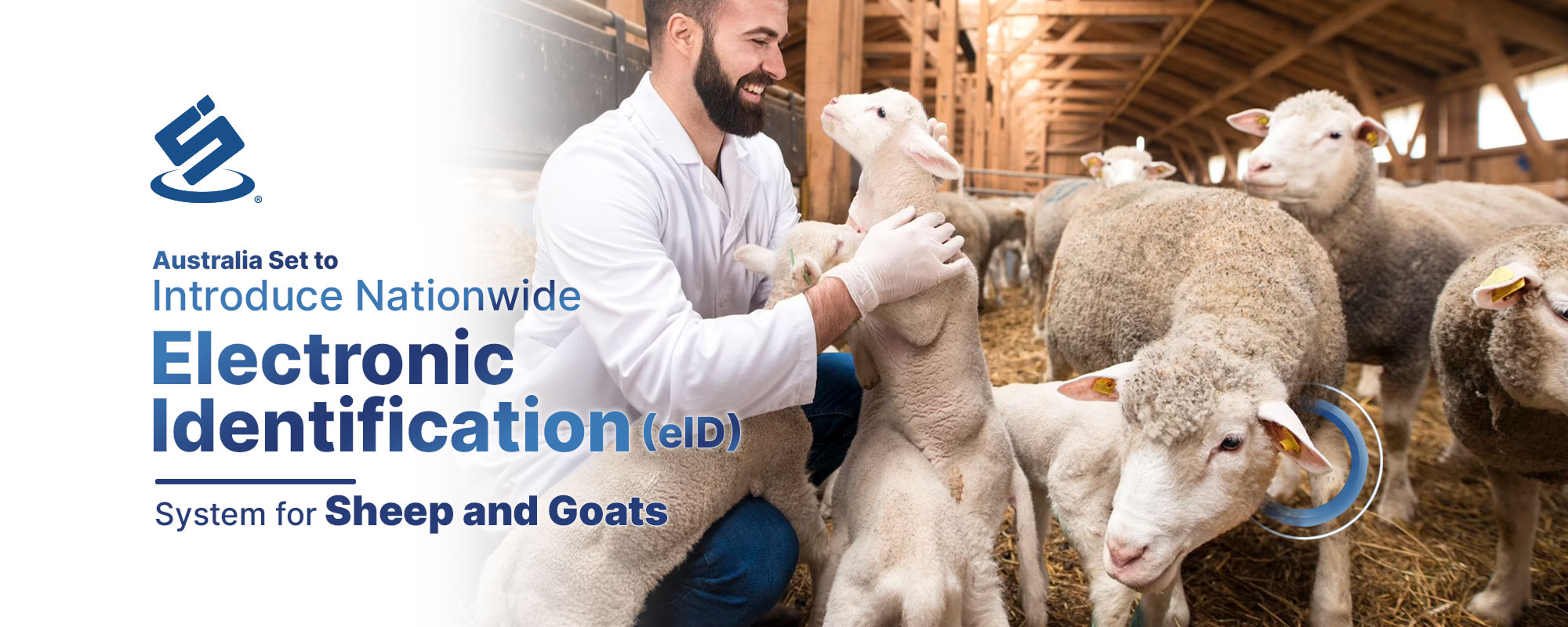Animal identification (animal ID) system is a method of identification and tracking animals e.g., livestock, pets, and lab animals. It typically involves usage of identification tags, chips, and other electronic devices’ form like Silicon Craft products – SIC279 that play a crucial role in livestock management.
Animal Identification Systems in Australia
SIC279 is a sample of an efficient tag for monitoring, traceability, and control of animal movements. By implementing an animal identification system, authorities and farmers can get high efficiency management and track health, welfare, and movement of livestock, which can be particularly important for disease control, breeding programs, and ensuring food safety.
In Australia, the current animal ID system primarily revolves around the National Livestock Identification System (NLIS) which is a mandatory scheme ensuring the traceability and identification of livestock, including cattle, sheep, and goats throughout their life. The system relies on unique identification devices such as ear tags and electronic tags that are applied to animals.
How NLIS helps livestock management
Under NLIS, each animal is assigned a unique identification number that is linked to a national database. It stores livestock’s comprehensive information such as birthplace, movements, and any treatments received that allow authorized stakeholders, including farmers, livestock agents, processors, and government agencies to access this information.
NLIS plays a vital role in biosecurity and disease management, not only enables rapid tracing livestock in disease outbreak, but also facilitates market access by providing assurance about provenance and quality of Australia’s livestock and their products.
As part of continuous improvement of NLIS, Australia is moving forward to implementing a national electronic identification (eID) system specifically for sheep and goats to enhance efficiency and accuracy of animal ID and tracking, further strengthening the overall livestock management practices in the country.
Specific design for eID
An Electronic identification (eID) tag is required using half-duplex radio frequency identification (HDX RFID) transmission technology for electronic identification (eID) system in Australia. SIC279 is designed to be a high-performance half-duplex radio frequency identification (HDX RFID) tag which is compatible with Australia’s eID systems to support and ensure seamless integration and optimal performance.

Another advanced feature, SIC279 is allowing users to trim radio frequency converge to a target resonance frequency by on-chip tunable resonance capacitors which are programmable and able to operate as soon as the device powers on. Therefore, it is especially suitable for use with animal ID tags.
Source:

















